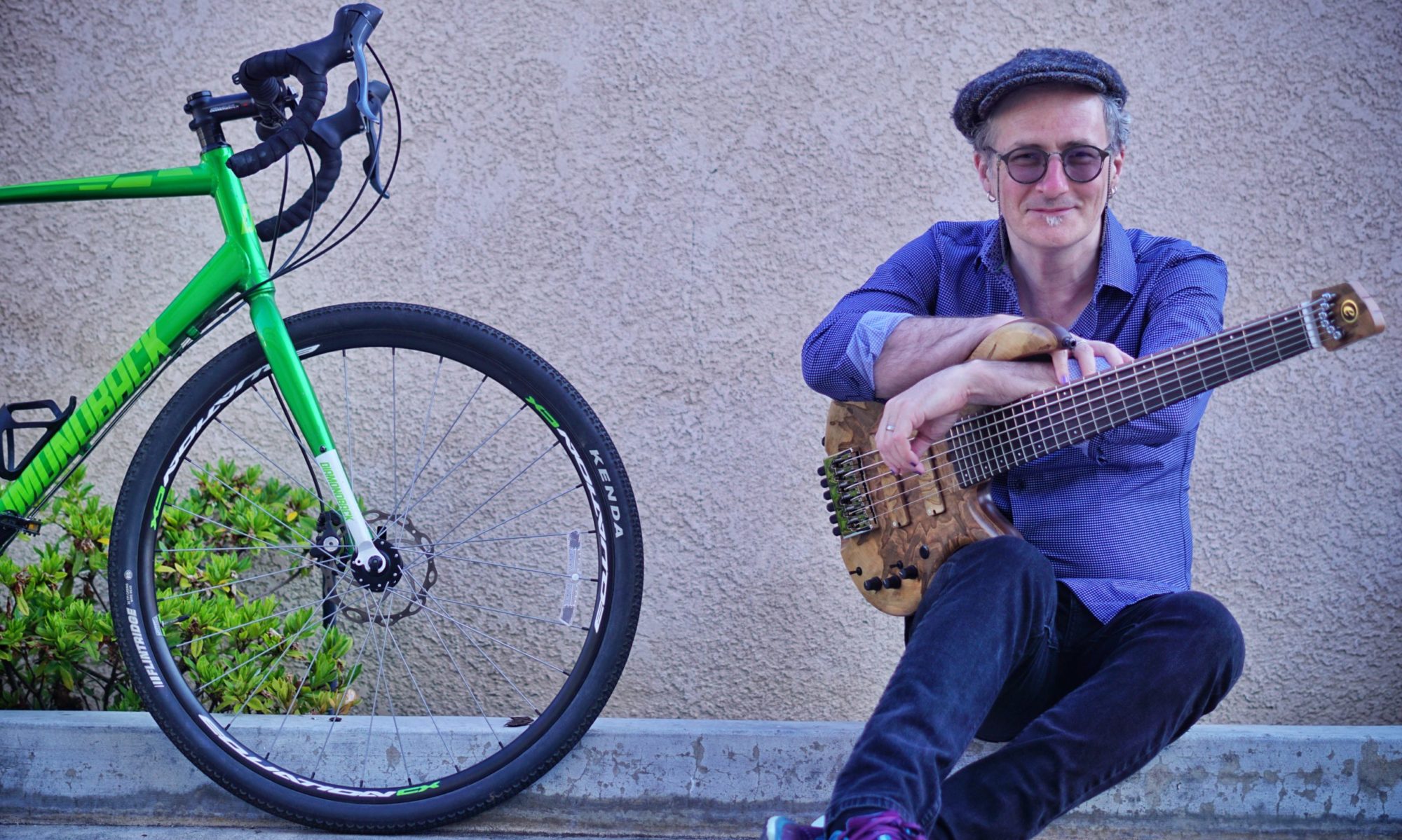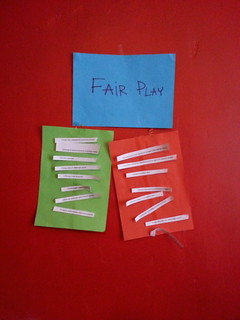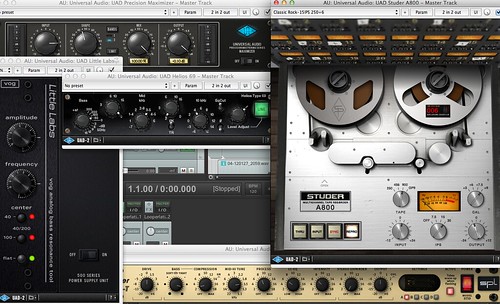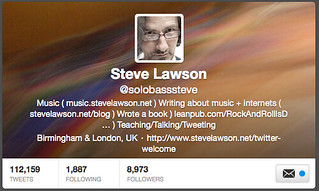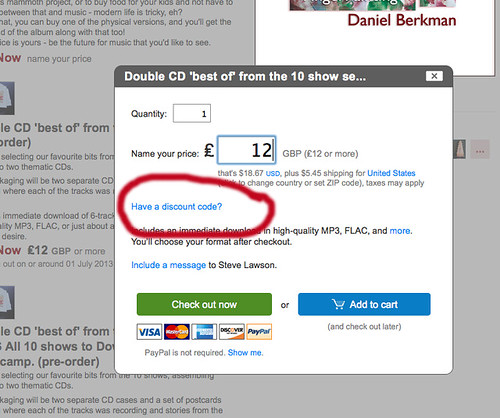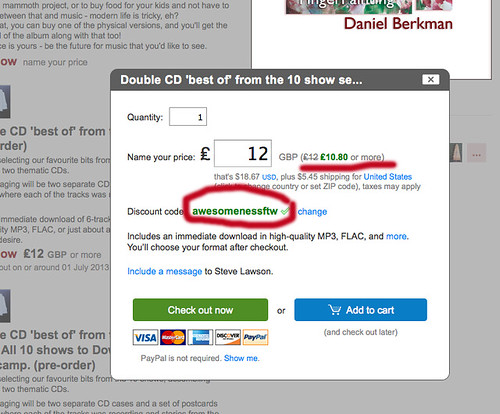 Here’s an interesting data set – a list of the best selling singles ever, divided into physical and digital. It lists anything with ‘verified’ sales of above 5 million (though those numbers are often rightly questioned because of the way that ‘sales’ are reported – there are 185 references at the bottom of the wiki page 🙂 )…
Here’s an interesting data set – a list of the best selling singles ever, divided into physical and digital. It lists anything with ‘verified’ sales of above 5 million (though those numbers are often rightly questioned because of the way that ‘sales’ are reported – there are 185 references at the bottom of the wiki page 🙂 )…
https://en.wikipedia.org/wiki/List_of_best-selling_singles
One of the interesting bits for me is the time span of each era – the physical sales cover 1935 (Bing Crosby, Silent Night: 30 million sales – at a time when it must’ve been owned by pretty much everyone on the planet that had a record player, was before albums existed, probably sold even more copies as sheet music and was a song in the public domain!) through to 2004 (Green Day’s Boulevard of Broken Dreams: 7 million physical copies, of a track that was also on an album that sold 15 million too.) So that’s a 69 year span, with 128 singles selling more than 5 million copies. It’s worth keeping in mind what percentage of the records released those were (how many records had even been made, let alone were stocked in shops, by the end of the 40s/50s/60s etc…)
The digital list covers 2004-2012 (8 years), and has 104 singles selling more than 5 million copies. All of which also appeared on (numerous) albums, were licensed for films/games, earned some money for streaming/youtube/other usage, and were no doubt torrented extensively. But, crucially, none of them required any plastic discs to be made and shipped around the world. No shops to stock them, no trucks to carry them across the country… So in terms of where the money went, far less of the gross revenue needed to go on the fixed cost of physical manufacture and distribution of a scarce good. Continue reading “What Do Singles Sales Tell Us About The Health Of The Music Industries?”
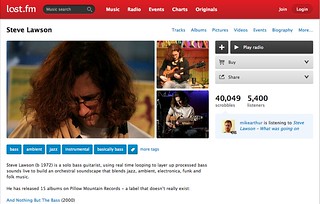 One of the first social networks I ever joined was Last.fm – back in the pre-corporate buy-out days, it was an amazing way to connect with music listeners, to find people with similar taste, and through them discover some amazing music.
One of the first social networks I ever joined was Last.fm – back in the pre-corporate buy-out days, it was an amazing way to connect with music listeners, to find people with similar taste, and through them discover some amazing music.